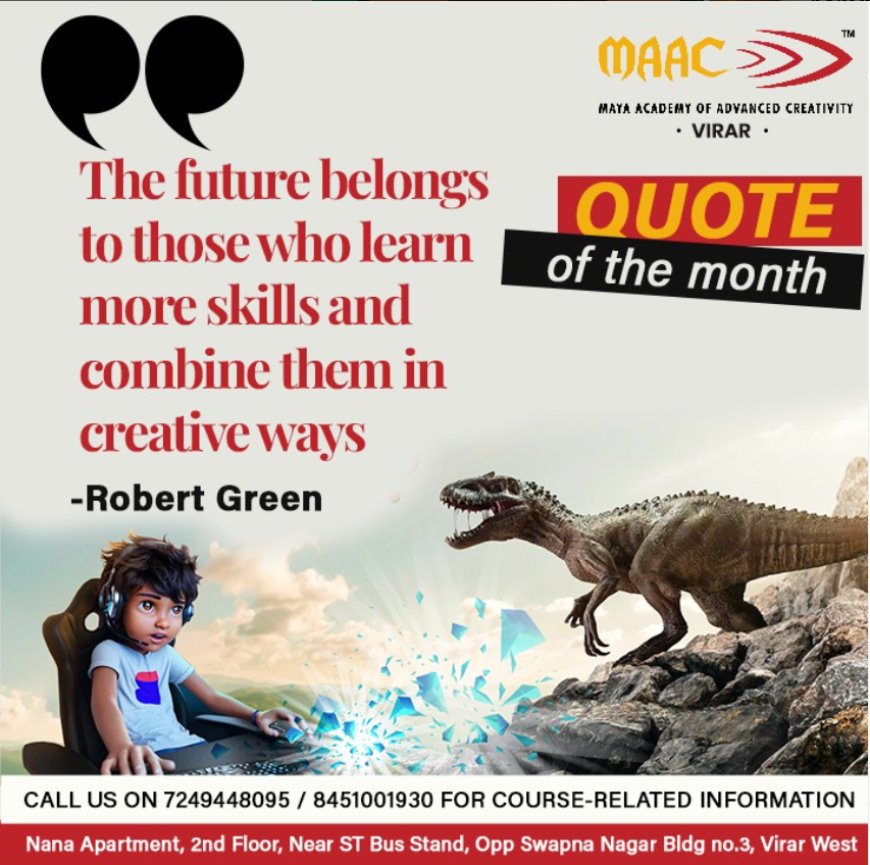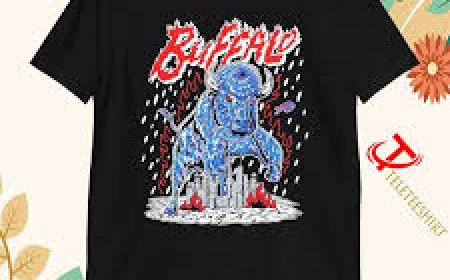Stop-Motion Animation: Creative Uses & Modern Impact
Discover the world of stop-motion animation—its techniques, unique charm, and modern uses in films, advertising, education, and digital marketing.

Why Stop-Motion Animation Still Captivates Us
Even though we live in a world filled with mind-blowing CGI and AI-generated visuals, stop-motion animation remains a favorite for many artists, filmmakers, and brands. Why? Because theres something truly magical about watching real objects come to life, frame by frame.
From beloved films like Coraline to clever Instagram ads, stop-motion offers a unique, hands-on approach that feels authentic and personal. If youre diving into animation or looking to broaden your skills, learning stop-motion is a great way to stand out, and the best animation design course in Virar you choose should include it.
In this post, well walk you through what stop-motion animation is, explore different styles, show where its used today, and explain why its still so popular, even in 2025.
What Exactly Is Stop-Motion Animation?
At its core, stop-motion is a simple but time-consuming technique. Imagine taking a photo of a puppet, moving it just a little, taking another photo, and repeating that over and over. When all these photos (frames) are played back fast, it looks like the puppet is moving on its own.
Unlike digital animation, stop-motion uses real, physical objectslike clay figures, paper cut-outs, or toysgiving it a tactile feel thats hard to fake.
Heres what makes stop-motion special:
-
You work with real materials and handcrafted sets
-
Every movement is carefully posed and photographed frame by frame
-
It requires patience and precision, but the results are rewarding!
If youre curious about how to get started, the best animation design course will teach you these essentials and guide you step-by-step.
Different Styles of Stop-Motion You Should Know
Stop-motion comes in several flavors. Each style has its own look and vibe, so you can choose what fits your story or project best.
1. Claymation
Think of squishy clay figures that you can reshape easily. Its playful, expressive, and familiar thanks to classics like Wallace and Gromit.
2. Puppet Animation
Here, you work with puppets made on armatures (think tiny skeletons). This lets you create smooth, detailed movements, like in Coraline or ParaNorman.
3. Cut-Out Animation
Using flat characters cut from paper or cards, you move these pieces frame by frame. Its simpler and often seen in older TV shows or educational videos.
4. Object Animation
Everyday thingslike LEGO bricks or toysbecome your characters. This style is great for social media creators who want to tell fun, fast stories.
5. Pixilation
Here, real people or animals become stop-motion subjects. It produces quirky, jerky movements and is popular for artistic and experimental videos.
Why Is Stop-Motion Still Popular Today?
You might wonder, With all the fancy digital tech out there, why bother with stop-motion? Heres why it still holds a special place:
1. It Feels Real and Personal
Viewers can sense the human touch behind every frame. This handmade feel makes animations more relatable and charming.
2. Its Visually Unique
The small imperfectionslike a slight wobble or textureadd personality and warmth you just dont get with smooth CGI.
3. Full Creative Freedom
Youre in control of every tiny movement, which means you can craft exactly the emotion or effect you want.
4. It Sparks Nostalgia
Stop-motion often reminds us of childhood or classic films, making viewers emotionally connect in a way digital animations cant always match.
If you want to build a versatile skill set, learning stop-motion is a great investment, and the best animation design course will make sure you master these qualities.
Where Is Stop-Motion Used Today?
Stop-motion is not just a niche art anymoreits used widely across many fields.
1. Film & TV
Studios like Laika (Kubo and the Two Strings) and Aardman (Shaun the Sheep) continue to make stunning stop-motion movies. Streaming giants like Netflix also feature more stop-motion shows, proving its here to stay.
2. Advertising & Branding
Brands love stop-motion because it grabs attention. Whether its a quirky Instagram ad or a product demo, stop-motion cuts through the noise with its tactile, fun look. Oreo, Apple, and Starbucks have all used it successfully.
3. Social Media Content
Thanks to apps like Stop Motion Studio, anyone with a smartphone can create stop-motion videos. This is a favorite among DIY creators, artisans, and influencers on TikTok and Instagram.
4. Education
Teachers use stop-motion to bring lessons alive. It helps kids understand complex concepts, promotes teamwork, and encourages creativity.
5. Music Videos & Art
Musicians and artists love stop-motions artistic freedom. Radioheads There There music video is fully stop-motion, showing how creative and experimental this technique can be.
6. Product Demos & Explainers
E-commerce brands use stop-motion to showcase products in a fun, engaging way. Its especially great for younger, trend-savvy audiences.
What Tools Will You Need?
Modern stop-motion blends hands-on craftsmanship with helpful tech to speed up production and improve quality.
-
A decent camera or smartphone with a tripod
-
Consistent lighting (to avoid flicker)
-
Software like Dragonframe for frame capture
-
3D printers for puppet parts (optional but useful)
-
Editing tools like After Effects for polishing the final video
-
Emerging AI tools that help with lighting and frame clean-up
The best animation design course will guide you through all these tools, making sure youre comfortable working with both traditional and digital setups.
What Challenges Should You Expect?
Stop-motion is rewarding but requires patience. Heres what you might face:
-
It takes time: Even one second of animation needs dozens of frames. Planning with storyboards helps a lot.
-
Fragile sets: Puppets or props can get damaged easily. Securing your set is key.
-
Lighting flicker: Changes in light can spoil your shots. Use blackout curtains and consistent bulbs.
-
Labor-intensive: It demands focus and steady hands. Automating some tasks and using hybrid workflows can ease the load.
Knowing these challenges upfront will prepare you for success, and the best animation design course usually includes tips and tricks to handle them.
The Future of Stop-Motion Animation
Stop-motion is evolving in exciting ways:
-
Blending with CGI for richer visuals
-
Using AR to create interactive experiences
-
Employing AI to assist with clean-up and timing
-
Making eco-friendly sets from recycled materials
-
Entering the digital art world through NFTs
But no matter how much technology changes, the heart of stop-motionhuman creativity and careremains the same.
Conclusion: Should You Learn Stop-Motion?
Absolutely. Stop-motion animation offers a unique way to tell stories that feel personal, artistic, and authentic. Whether you want to work in film, advertising, education, or social media, this skill will give you a creative edge.
If youre serious about animation, look for the best animation design course in Virar that covers stop-motion along with other animation styles. This will help you build a versatile, future-proof skillset.



































